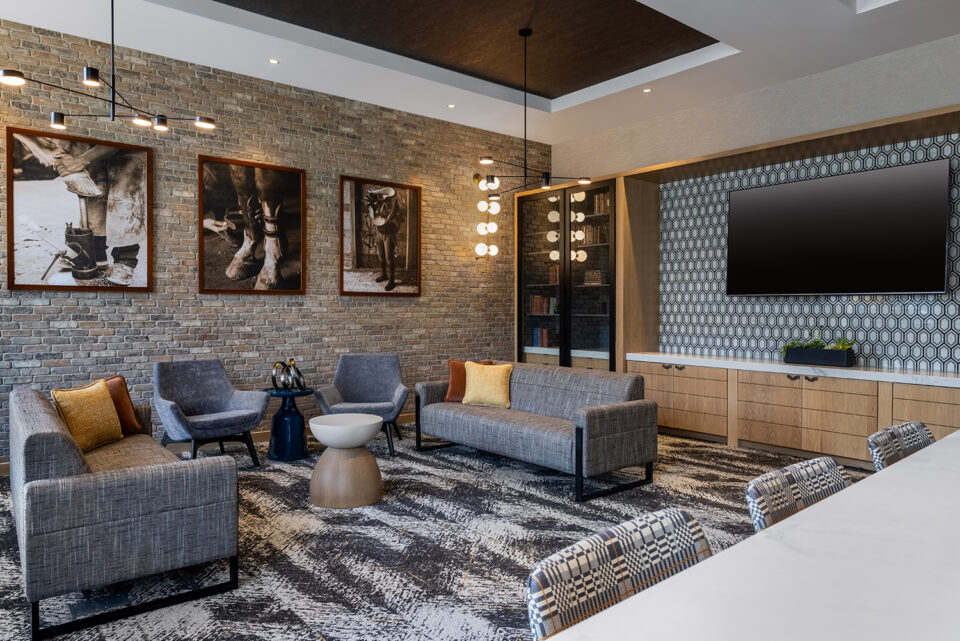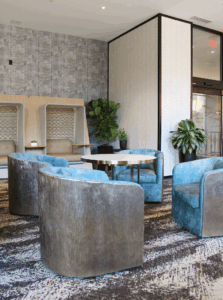The Shift Towards Flexible Spaces in Hotel Design: A Smart Decision in Modern Hospitality

As the hospitality industry evolves in response to changing guest expectations and market dynamics, one design decision has emerged as particularly significant: the creation of flexible spaces within hotels. This trend is reshaping how hotel owners conceptualize their properties, emphasizing versatility to cater to a diverse range of needs and experiences.
Flexible spaces are designed to adapt to various purposes, enabling hotels to transform common areas, guest rooms, and meeting venues according to guest requirements. This adaptability is particularly important in our post-pandemic world, where communal areas and multi-functionality are increasingly valued.
Incorporating flexible spaces allows hotels to accommodate a broader clientele—business travelers looking for meeting spaces that can double as social hubs, families wanting rooms that can adapt as their needs change, or event planners seeking venues that can transform from intimate gatherings into larger receptions.
Design elements play a crucial role in facilitating this flexibility. Modular furniture, movable walls, and multi-use areas are key components in creating environments that can easily shift between different functions. For instance, a conference room may feature retractable walls to open up into a pre-function area to create a large event space, or a lounge area could be transformed into a co-working space with minimal effort.
For example, the Tempo Louisville Hotel, designed by K2M Design, features a flexible meeting space as a part of the hotel lobby. The overall meeting space can be left open and used informally for collaboration or focused individual work in specialized “pods”. Conversely, the back half of the space can be closed off by two glass pivot doors and easily reserved by guests for more scheduled, dedicated meetings. In addition, the Technology includes a large TV/monitor for presenting and opportunities for plugging in, or casting, with devices or laptops.
Additionally, hotels are increasingly recognizing the importance of technology in supporting these flexible designs. Smart systems can adjust lighting, acoustics, and layout configurations based on the current use of the space, making it easier for guests to customize their experiences.

This focus on flexibility not only enhances guest satisfaction but also contributes to operational efficiency. By designing spaces that serve multiple functions, hotel owners can maximize their property’s potential and respond more effectively to fluctuating demand, thus adding to the potential additional income the hotel can generate.
Ultimately, the choice to prioritize flexible spaces in hotel design reflects a broader commitment to enhancing the guest experience, embracing versatility, and staying competitive in a rapidly changing hospitality landscape. As more hotel owners recognize the importance of this design decision, it is likely to become a defining characteristic of modern hotel interiors, paving the way for innovative and guest-centric environments.